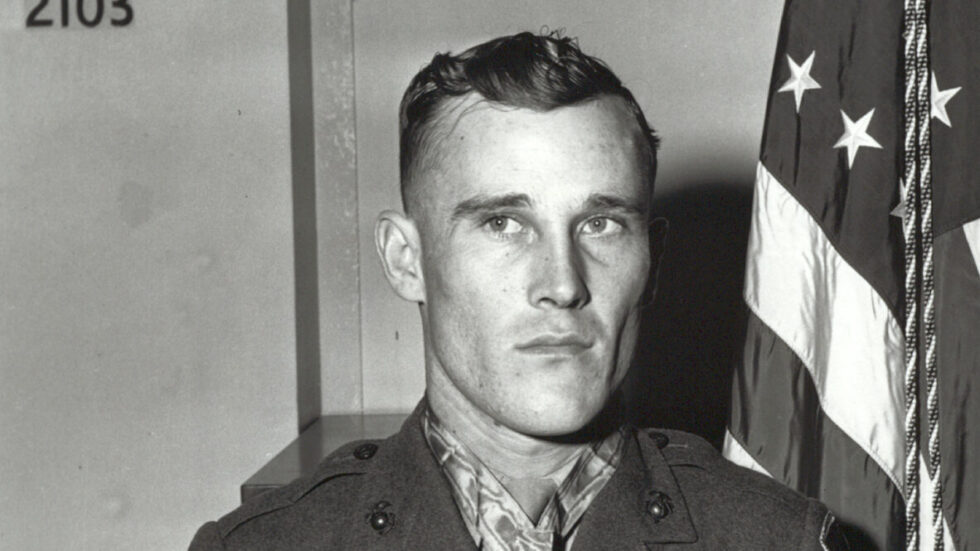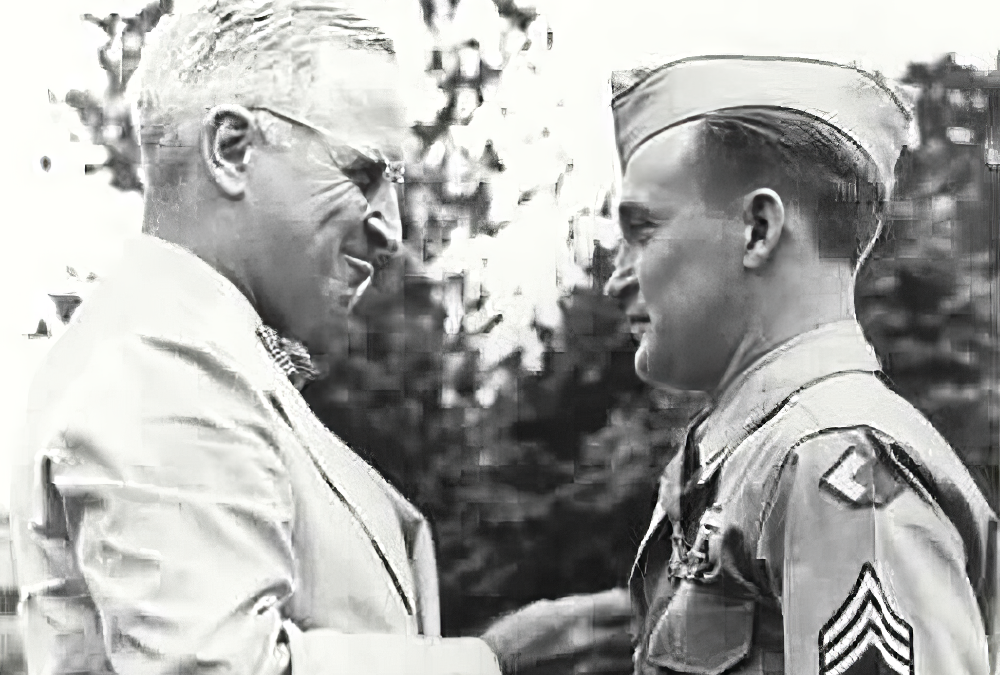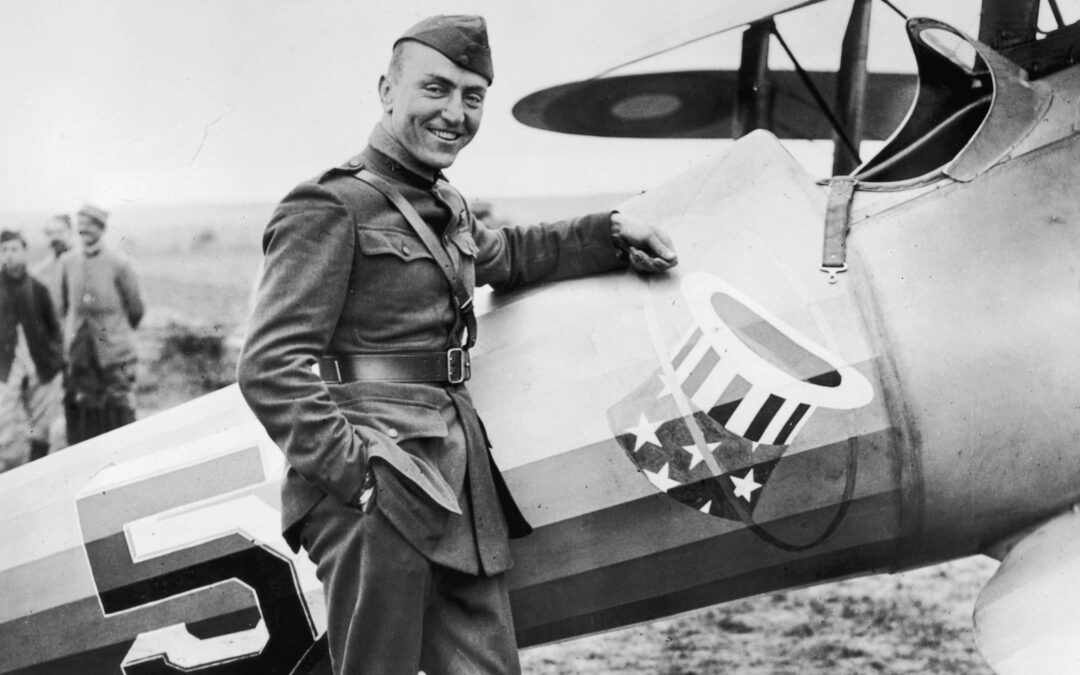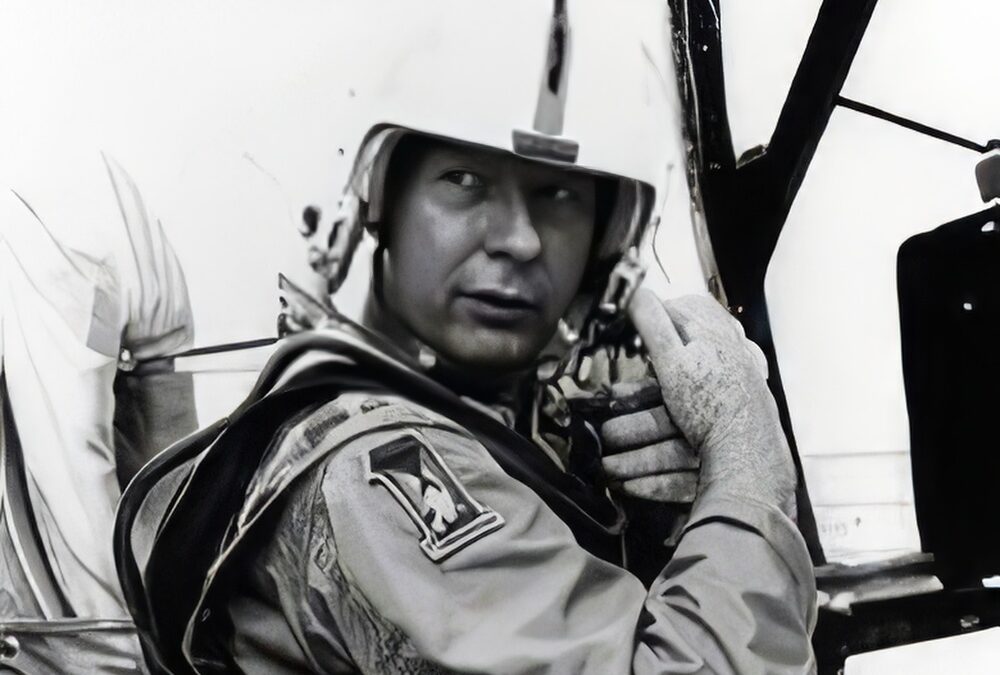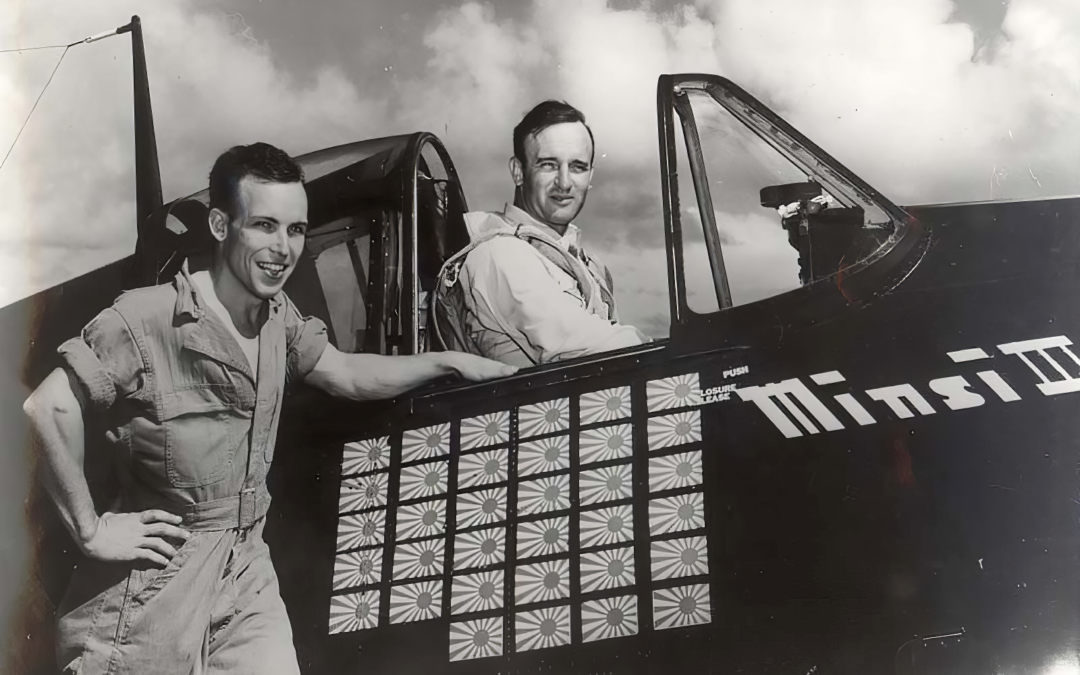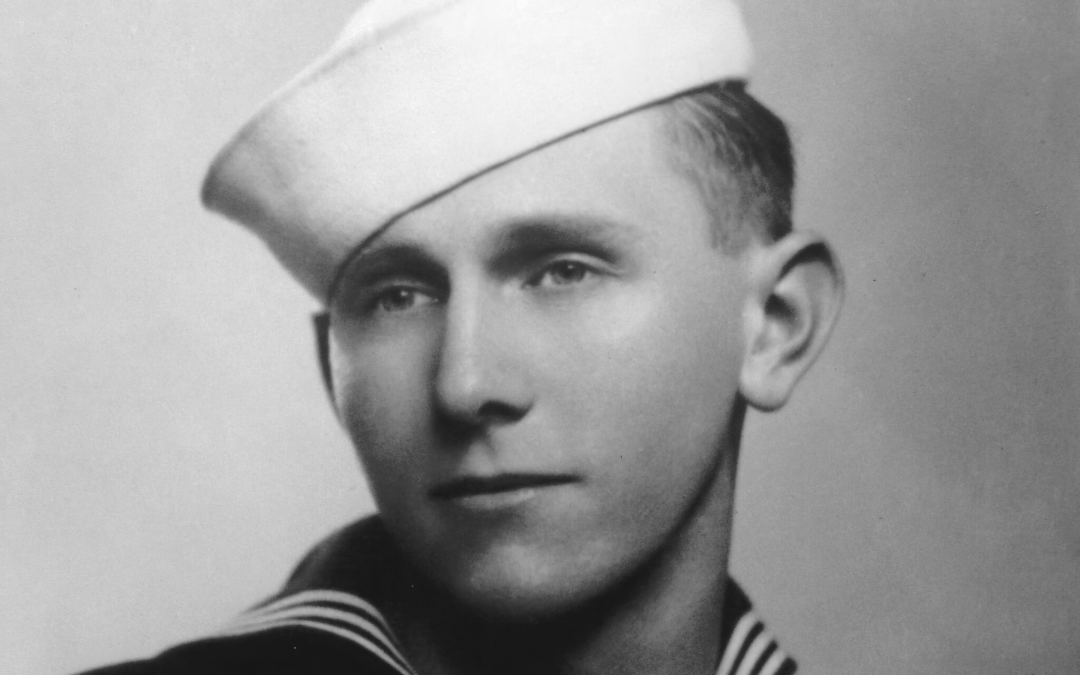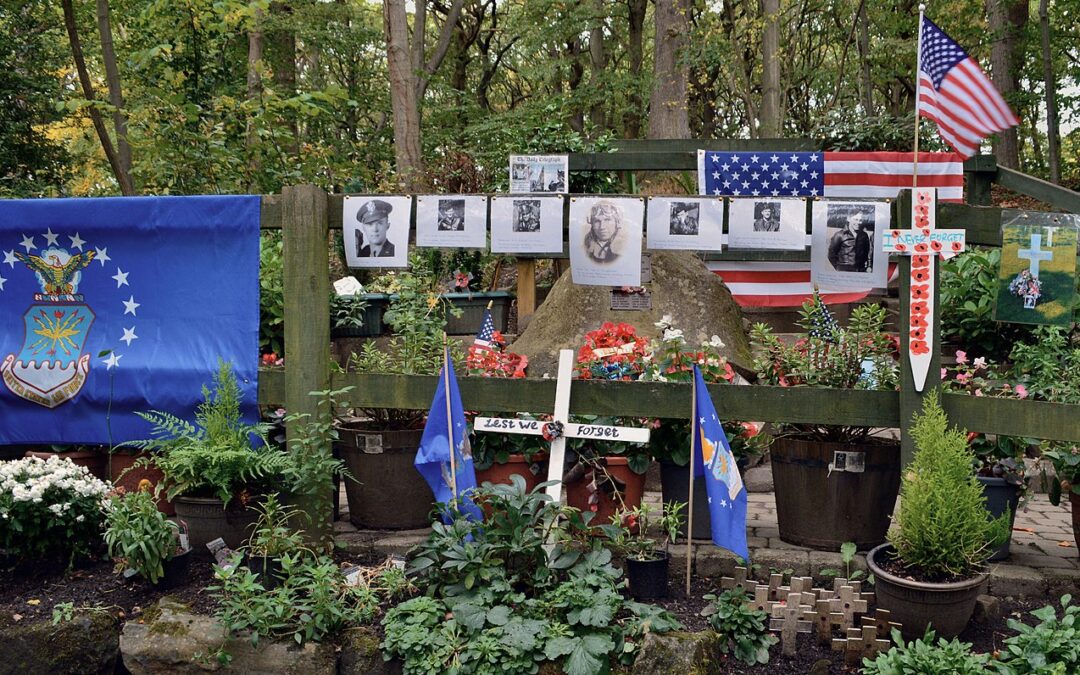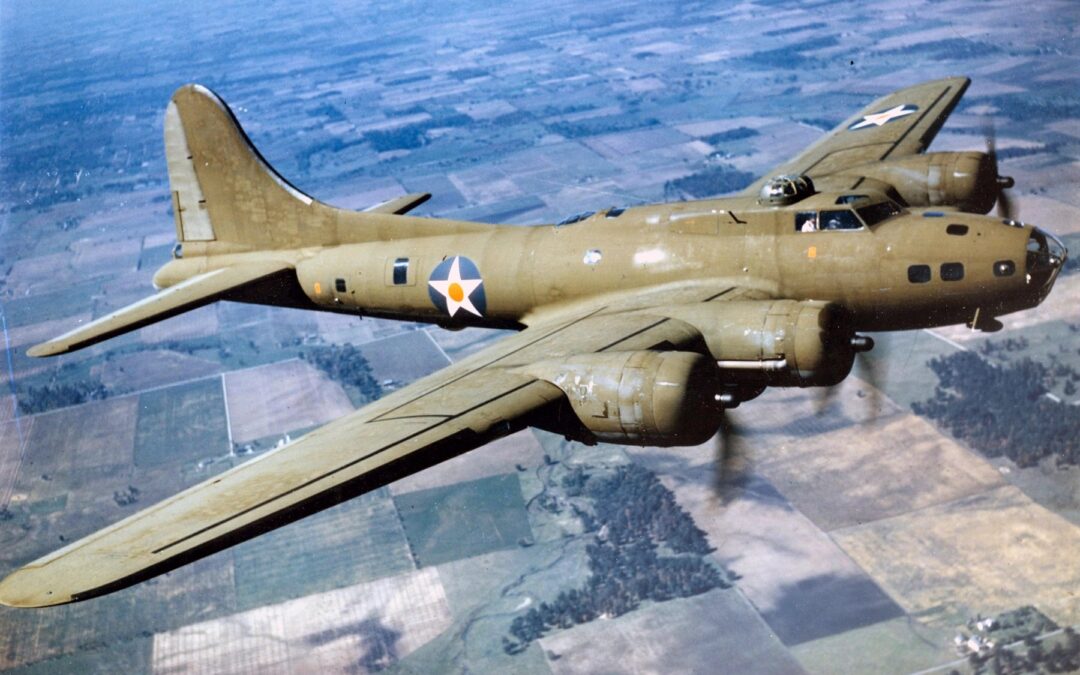Within the ranks of the military, there exists a certain rivalry between those who serve on the front lines and those who serve in the rear with the gear. While all jobs contribute to putting Americans in the fight, the Marines have long prized their beloved infantry above all. In modern terms, it is referred to as the "grunt versus POG debate" with POG referring to "persons other than grunts." In Vietnam, one might have heard the term REMF. Whatever one might call those in the rear, it would serve students of history well to hold their tongue before calling men like Army mess hall cook Wilson Watson a POG or REMF. Little would they know that they would be speaking of a former Marine who fought the Japanese Army alone for 15 minutes on Iwo Jima before the rest of his platoon caught up. The cook serving up a healthy dose of S.O.S on a plate had previously served up violence on Iwo Jima that would lead to the deaths of 60 enemy soldiers. Yes, quite literally, the soldier cracking eggs...
